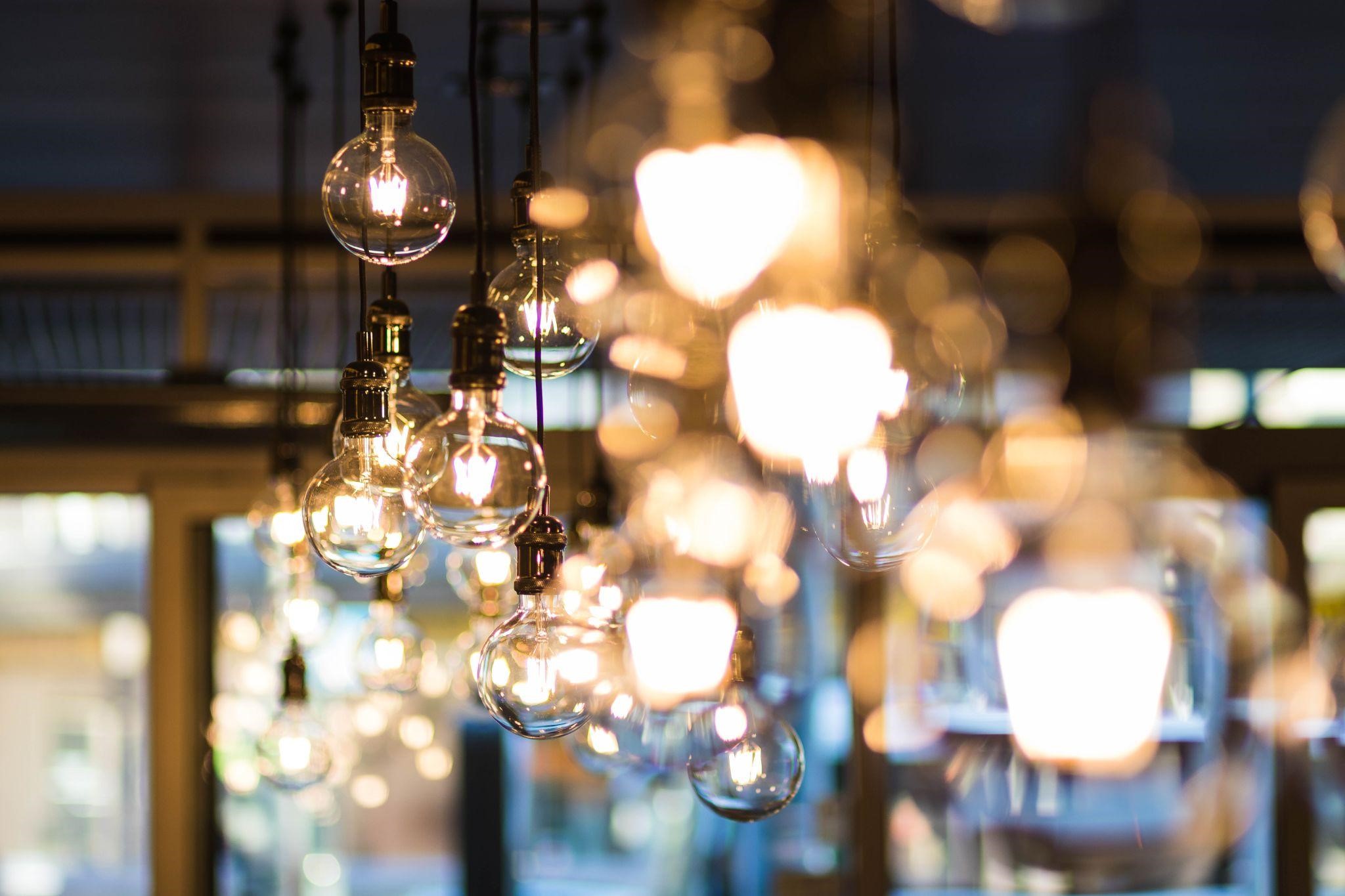When designing the perfect lighting plan for your space, many factors come into play. Not only do you want your plan to be functional and provide adequate lighting, but also aesthetically pleasing. Choosing the right light fixtures and positioning them correctly can make a huge difference in bringing your vision to life. With a focused approach and attention to detail, you can create a lively home and beautiful atmosphere with excellent illumination any time of day or night. Here are a few key tips for developing a functional lighting plan that truly brings out the best of your space.
Consider Safety
To ensure safety, look at the placement of lights: position them out of reach of children and away from stairs and doorways for maximum user safety. Consider LED lights, such as low voltage deck lighting, when choosing an appropriate light power source.
LED lights generate significantly less heat than other light sources, making them considerably safer. Lastly, decide if you want a dimmer control feature, you can use this to adjust the intensity of the light based on activity and time of day, reducing glare and conserving energy.
Sockets and Circuits
When designing a lighting plan for any space, it is essential to keep the location of sockets and circuits in mind. Not only will this improve safety, but it will also allow a range of different lighting sources to be placed around the space, giving you more control over the brightness and ambiance.
Additionally, understanding where the sockets and circuits are located can help if you decide to add additional fixtures or switch out lightbulbs at a later stage. It is important to consider these practical aspects so that your lighting plan works cohesively.
Consider Task Lighting
Task lighting is a focused source of light directed to the specific area where a given task will take place, providing unobstructed illumination which can help people complete specific tasks more quickly and with greater accuracy.
Having sufficient task lighting also reduces eye strain and helps reduce fatigue during repetitive activities. When done right, a well-thought-out lighting plan that incorporates general and task lighting can maximize safety and productivity in your space
The Purpose of the Space
Understanding the purpose of the space will help you determine what type of lighting fixture you should choose and where to place it. For instance, if the purpose of the space is to host gatherings such as parties or receptions, you would need ambient light to ensure that all areas of the space are illuminated.
You can consider task lighting in areas where you need more focused light, such as desks and kitchen or food preparation areas. On the other hand, if the purpose of the space is to provide a relaxing atmosphere like a spa or other similar establishments, you can use accent lighting to create visual interest and improve aesthetics. .
The Size and Shape of the Space
The size and shape of the area you want to illuminate will affect which types of light fixtures are appropriate to use, where they should be placed in relation to other elements of the room, and how much coverage each source of light provides. Factoring in the size and shape of a room can also help you avoid overcrowding the space with too many lights or ending up with spots that are too dimly lit or too brightly lit.
Select a Light Color Palette
It’s essential to consider the colors of light you choose, as these will influence everything from the ambiance of your space to its overall look. A warm yellow-orange glow might be just what you need in a formal dining room, while a crisp blue-white will work well in an office or study space.
Once you figure out what colors appeal to you and fit the style of your place, consider using multiple colored lights together for added effect. This combination can create soft layers that help differentiate specific areas and create a unique and eye-catching display.
Light is one of the most important elements in any room. A well-lit space looks good and can impact your mood, so it’s worth taking the time to get it right. Some helpful tips that can help you develop a functional lighting plan for your space include considering the size and shape of the space, the space’s purpose and lighting, and your personal color preferences. It’s also important to choose a color palette to set the mood and don’t forget about safety. Once you have a plan in place, take your time and experiment to see what looks best in your space.
Image Source: Pexels

